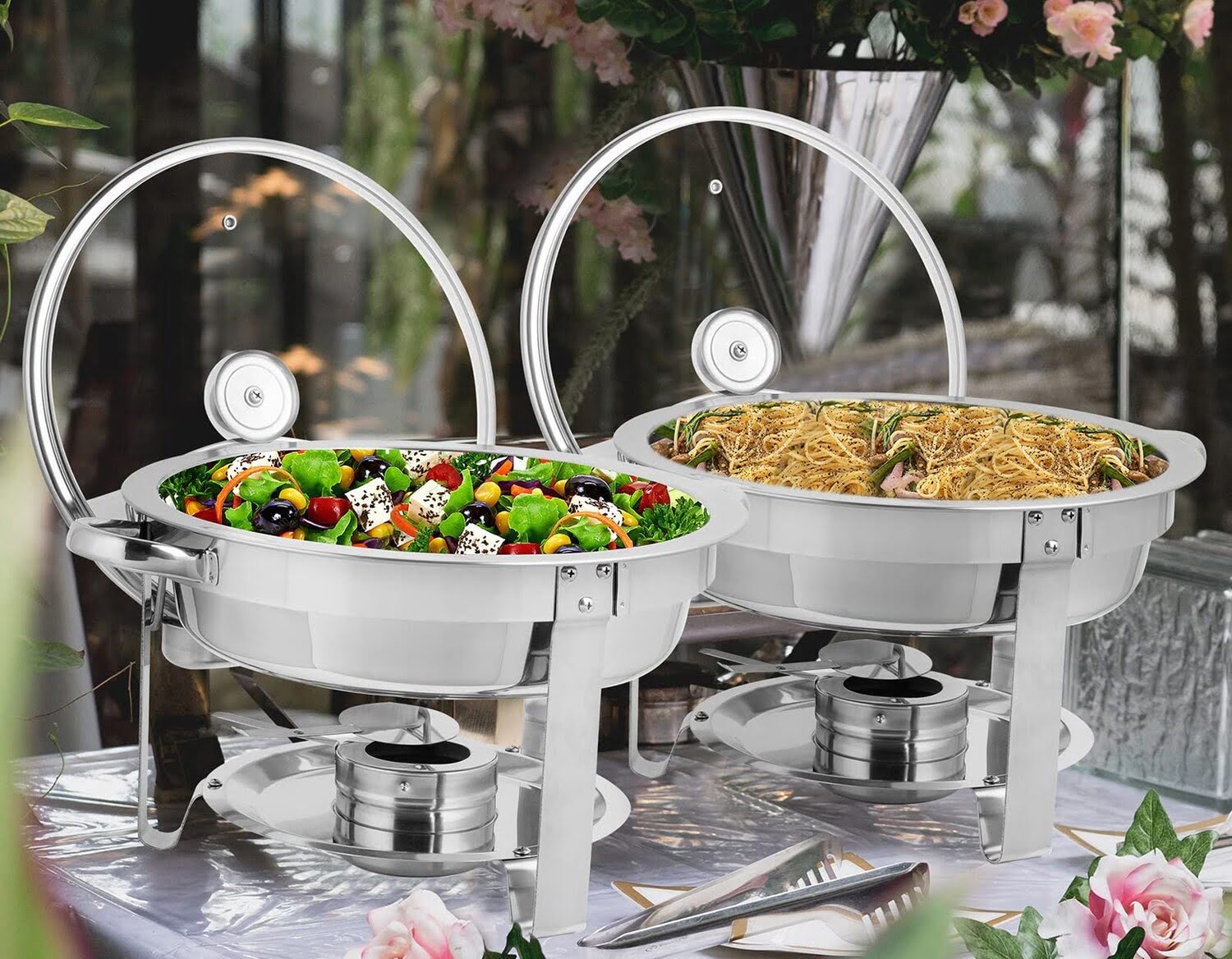

Articles
How To Store Chafing Dishes
Modified: May 6, 2024
Learn the best methods for storing chafing dishes with our informative articles. Keep your catering supplies organized and prolong the lifespan of your chafing dishes.
(Many of the links in this article redirect to a specific reviewed product. Your purchase of these products through affiliate links helps to generate commission for Storables.com, at no extra cost. Learn more)
Introduction
Chafing dishes are essential catering equipment used to keep food warm during events, parties, and gatherings. They consist of a metal or glass dish that holds the food and is placed over a heat source, typically a fuel burner. Chafing dishes are commonly used for serving buffet-style meals, ensuring that the food stays at a safe temperature and remains appetizing for an extended period.
However, to maintain the quality and functionality of your chafing dishes, proper storage is crucial. Storing them correctly not only ensures their longevity but also saves you time and effort when it comes to cleaning and preparing for the next event. In this article, we will guide you on how to store chafing dishes effectively and provide some tips for cleaning and maintenance.
Key Takeaways:
- Proper storage of chafing dishes is crucial for longevity, functionality, and cleanliness. Follow specific steps to clean, disassemble, wrap, and categorize them for efficient storage and easy retrieval.
- Regular cleaning and maintenance are essential for preserving the quality of chafing dishes. Immediate cleaning, attention to handles and edges, and gentle cleaning agents contribute to their longevity and optimal condition.
Read more: How To Store Dishes
Types of Chafing Dishes
Before diving into storage tips, it’s essential to understand the different types of chafing dishes available. This knowledge will help you choose the right storage method based on the specific type you own. Here are some common types of chafing dishes:
- Full-Size Chafing Dishes: As the name suggests, full-size chafing dishes are the largest option available. They can hold a substantial amount of food and are commonly used in large events or buffet settings.
- Half-Size Chafing Dishes: Half-size chafing dishes are half the size of full-size ones. They are suitable for smaller gatherings, where the food quantity is relatively lesser.
- Rectangular Chafing Dishes: These chafing dishes have a rectangular shape and are ideal for serving long, narrow food items like sliced meats or lasagna. They are a popular choice for formal events or upscale catering.
- Round Chafing Dishes: Round chafing dishes are designed to hold round-shaped food items, such as soups or stews. They are versatile and can be used for various types of dishes.
- Drop-In Chafing Dishes: Drop-in chafing dishes are typically used in combination with built-in serving counters. They are designed to be installed into a cut-out in the countertop and provide a seamless and integrated serving solution.
These are just a few examples of the wide variety of chafing dishes available on the market. Each type is designed to cater to specific culinary needs and aesthetic preferences. Understanding the type of chafing dish you own will help you determine the most suitable storage method.
Importance of Proper Storage
Proper storage of chafing dishes is essential for several reasons. Let’s explore the importance of storing them correctly:
- Prolongs Lifespan: By storing your chafing dishes properly, you can extend their lifespan. Proper storage protects them from damage, such as scratches or dents, which can occur if they are stacked haphazardly or stored in a crowded space.
- Optimal Functionality: Storing chafing dishes in an organized manner ensures that they are ready for use when needed. It eliminates the hassle of searching for components or dealing with misplaced parts, allowing for seamless setup and serving.
- Prevents Contamination: Proper storage helps maintain the cleanliness of chafing dishes, preventing the accumulation of dust, dirt, or other contaminants. This reduces the risk of food contamination during future use, ensuring the safety and wellbeing of your guests.
- Efficient Cleaning: When chafing dishes are stored properly, cleaning becomes more efficient. Each component can be easily accessed, and any debris or food remnants can be promptly removed. This saves time and effort during the cleaning process.
- Space Optimization: Proper storage of chafing dishes allows for effective utilization of storage space. By arranging the dishes in a systematic manner, you can maximize the available space and avoid clutter. This is especially important for catering businesses or venues with limited storage areas.
Overall, proper storage not only safeguards the physical condition of your chafing dishes but also ensures their functionality and cleanliness. By implementing good storage practices, you can make the most of your investment and streamline your catering operations.
When storing chafing dishes, make sure to clean and dry them thoroughly before stacking them to prevent rust and damage. Store them in a dry, well-ventilated area to avoid moisture buildup.
Steps to Store Chafing Dishes
To effectively store your chafing dishes, follow these steps:
- 1. Clean and dry: Before storing your chafing dishes, make sure they are thoroughly cleaned and dried. This includes washing the dishes, removing any food debris, and drying them completely to prevent moisture buildup.
- 2. Disassemble: Take apart the different components of the chafing dishes, such as the frame, water pan, food pan, and lid. This will make the storage process more manageable and prevent any damage during storage.
- 3. Wrap individual components: Use protective materials, such as bubble wrap or soft cloth, to wrap each individual component. This will provide cushioning and prevent scratches or dents during storage.
- 4. Stack carefully: If you have multiple chafing dishes, stack them in a stable and organized manner. Place a layer of protective material, like foam or non-slip liners, between each dish to prevent them from rubbing against one another and causing damage.
- 5. Label and categorize: To make retrieval easier, consider labeling each wrapped component or using colored tags to identify different types of chafing dishes. Additionally, categorize them based on size or shape and store them accordingly.
- 6. Choose an appropriate storage location: Select a clean and dry storage area that is free from extreme temperature fluctuations and humidity. Ideally, use a dedicated storage shelf or cabinet to keep your chafing dishes protected and organized.
- 7. Regularly inspect: Periodically check on your stored chafing dishes to ensure they remain in good condition. Look for signs of damage or deterioration, and address any issues promptly to prevent further damage.
By following these steps, you can store your chafing dishes in a way that maintains their quality and functionality, ensuring they are ready for use whenever needed.
Cleaning and Maintenance Tips
Proper cleaning and maintenance are essential for keeping your chafing dishes in optimal condition. Here are some tips to help you maintain the cleanliness and functionality of your chafing dishes:
- 1. Immediate cleaning: After each use, clean your chafing dishes immediately to prevent food residue from drying and sticking. Use warm, soapy water and a non-abrasive sponge or cloth to gently scrub the surfaces. Rinse thoroughly and dry completely before storing.
- 2. Pay attention to handles and edges: Take extra care to clean the handles and edges of your chafing dishes, as these areas tend to accumulate dirt and grease. Use a small brush or toothbrush to reach into crevices and corners.
- 3. Remove burned-on residue: If you encounter stubborn, burned-on residue, soak the affected areas in a mixture of warm water and baking soda, or white vinegar. Let it sit for a while, then scrub gently to remove the residue.
- 4. Avoid harsh chemicals: When cleaning your chafing dishes, steer clear of harsh chemicals or abrasive cleaners, as they can damage the finish or leave scratches. Stick to mild dishwashing soap and non-abrasive cleaning solutions.
- 5. Polish stainless steel: If you have stainless steel chafing dishes, periodically polish them to maintain their shine. Use a stainless steel cleaner or a mixture of white vinegar and olive oil to remove water spots or stains.
- 6. Check fuel burners: If your chafing dishes use fuel burners, inspect and clean them regularly. Remove any debris or ash that may have accumulated, and replace the fuel cells as needed.
- 7. Store with care: Follow the steps mentioned earlier in this article to store your chafing dishes properly. Ensure that they are completely dry before storing to prevent moisture-related issues such as rust or mold.
By implementing these cleaning and maintenance tips, you can keep your chafing dishes in excellent condition, ready for use at any event or gathering.
Read more: How To Store China Dishes
Conclusion
Proper storage of chafing dishes is essential for maintaining their quality, functionality, and longevity. By following the steps outlined in this article, you can ensure that your chafing dishes remain in excellent condition and are ready for use whenever needed.
Understanding the different types of chafing dishes and selecting an appropriate storage method based on their specific characteristics is key. Taking the time to clean and dry your chafing dishes thoroughly before storage, disassembling and wrapping each component, and organizing them in a stack with protective materials helps prevent damage and maintain cleanliness.
In addition to storage, regular cleaning and maintenance of your chafing dishes are crucial. Cleaning them immediately after each use, paying attention to handles and edges, removing stubborn residue, and using gentle cleaning agents all contribute to their longevity. Regularly inspecting your chafing dishes and addressing any issues promptly ensures they remain in good condition.
Remember to choose a suitable storage location, free from extreme temperatures and humidity, to protect your chafing dishes from damage. Proper storage not only extends their lifespan but also optimizes your storage space, prevents contamination, and makes the cleaning process more efficient.
By implementing the storage, cleaning, and maintenance tips provided in this article, you can enjoy the benefits of well-maintained chafing dishes for years to come. So, store your chafing dishes with care and attention to detail, and they will continue to be reliable companions in your catering endeavors.
Ready to ramp up your home efficiency even further? Dive into our detailed guide on kitchen storage, packed with smart solutions to declutter and maximize space in 2024. And if you're curious about different types of tableware, don't miss our insightful article on serving dishes, where we cover everything you need to know to choose the right pieces for any occasion. Both pieces are brimming with practical tips and are just a click away!
Frequently Asked Questions about How To Store Chafing Dishes
Was this page helpful?
At Storables.com, we guarantee accurate and reliable information. Our content, validated by Expert Board Contributors, is crafted following stringent Editorial Policies. We're committed to providing you with well-researched, expert-backed insights for all your informational needs.
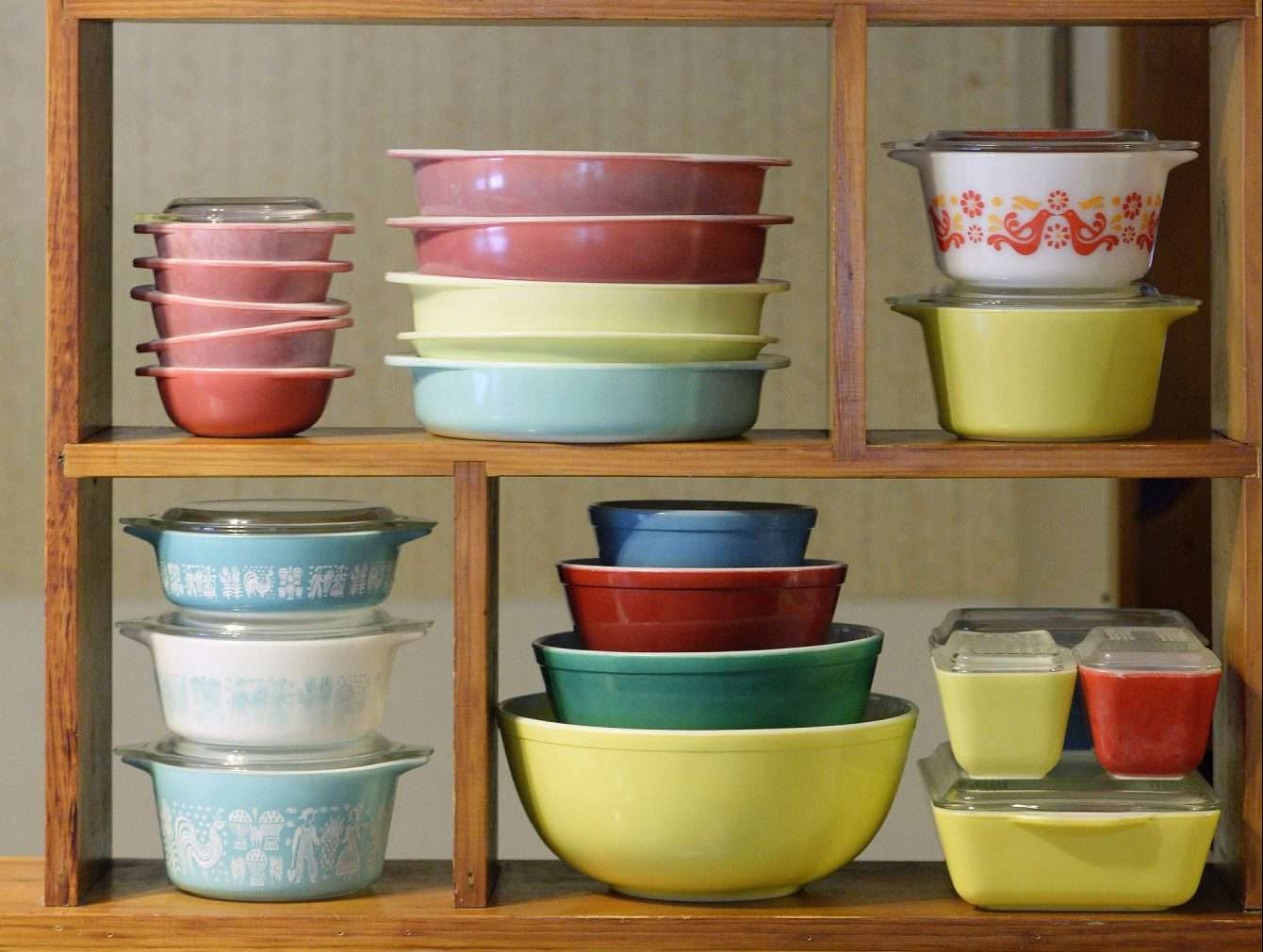
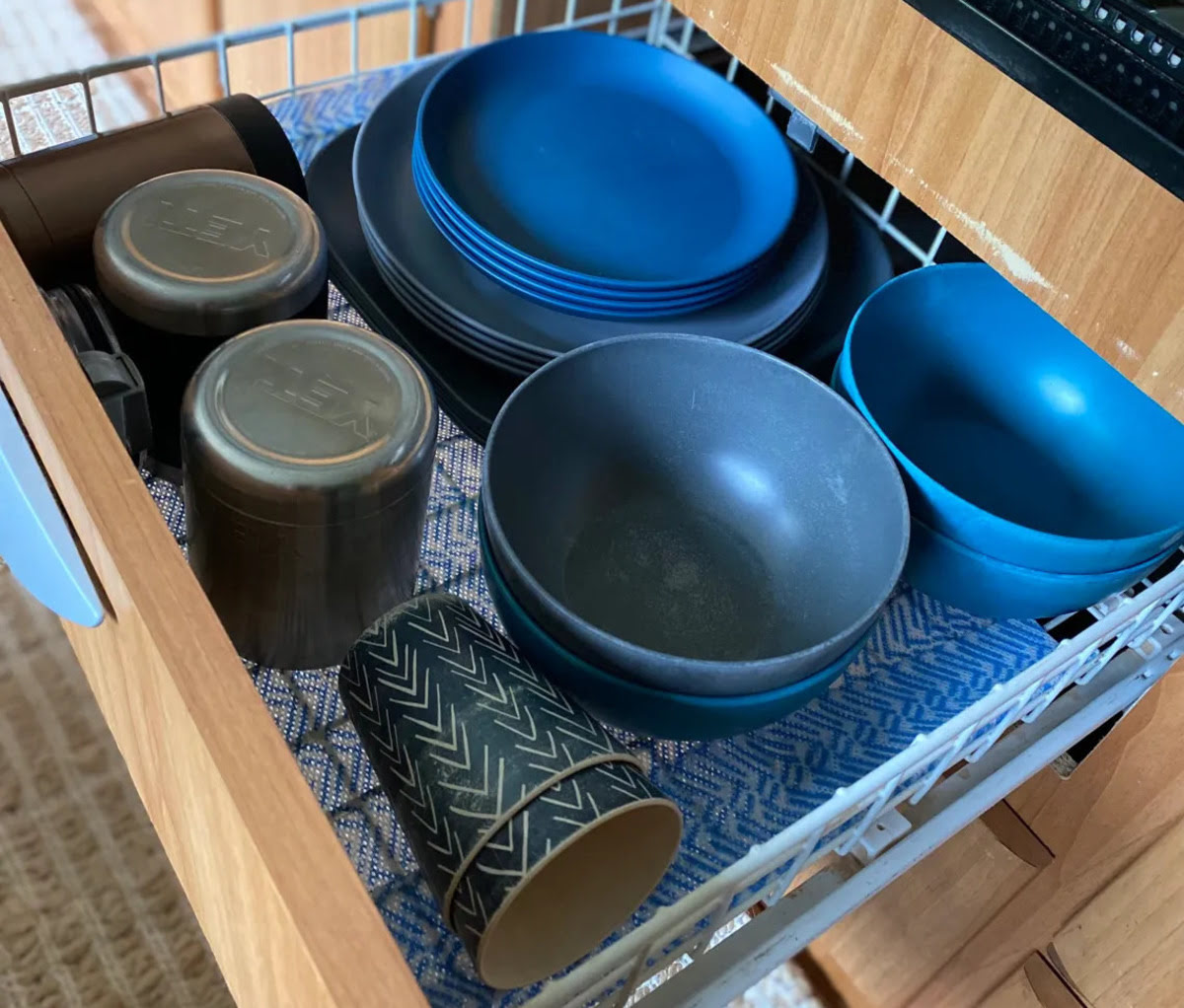
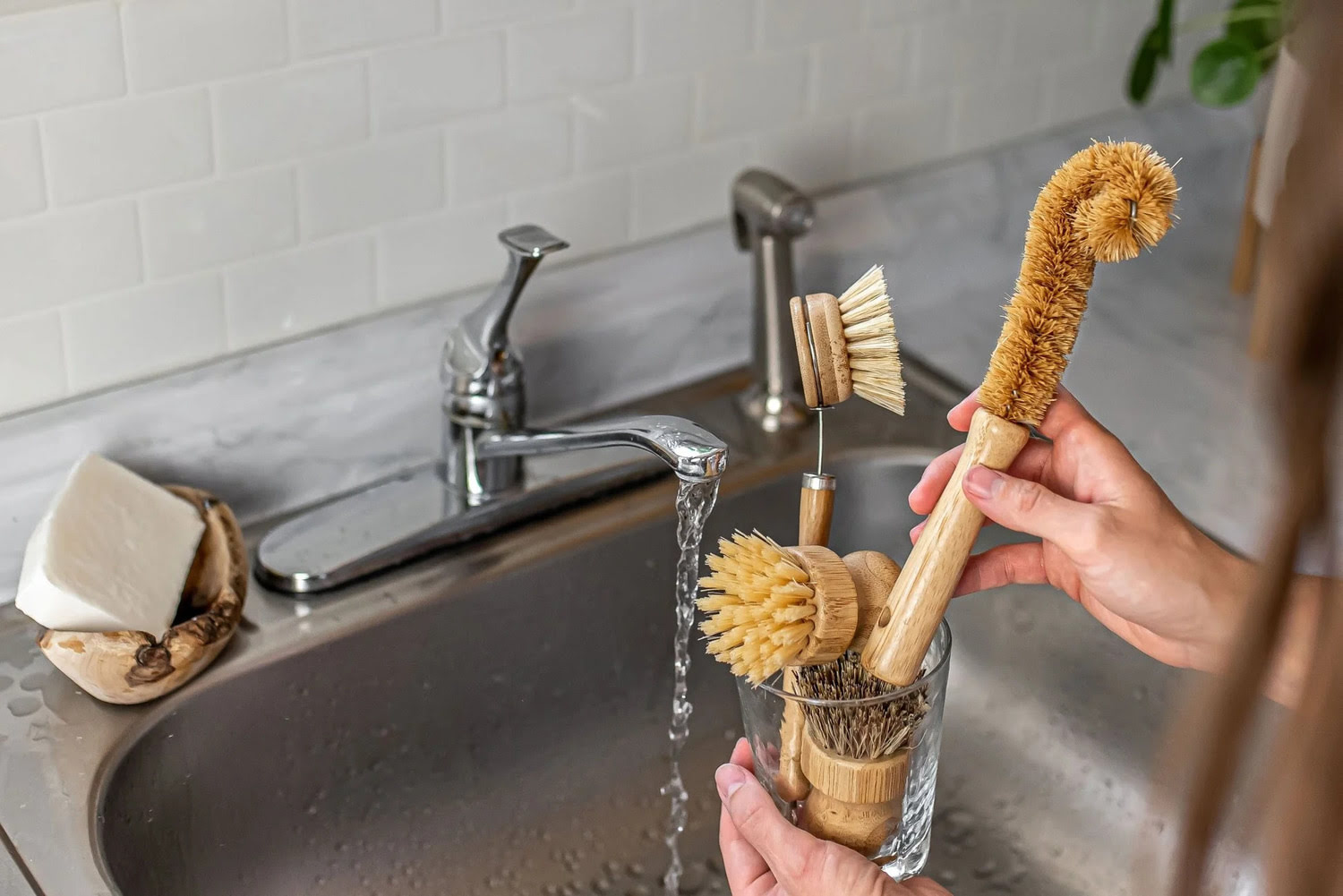
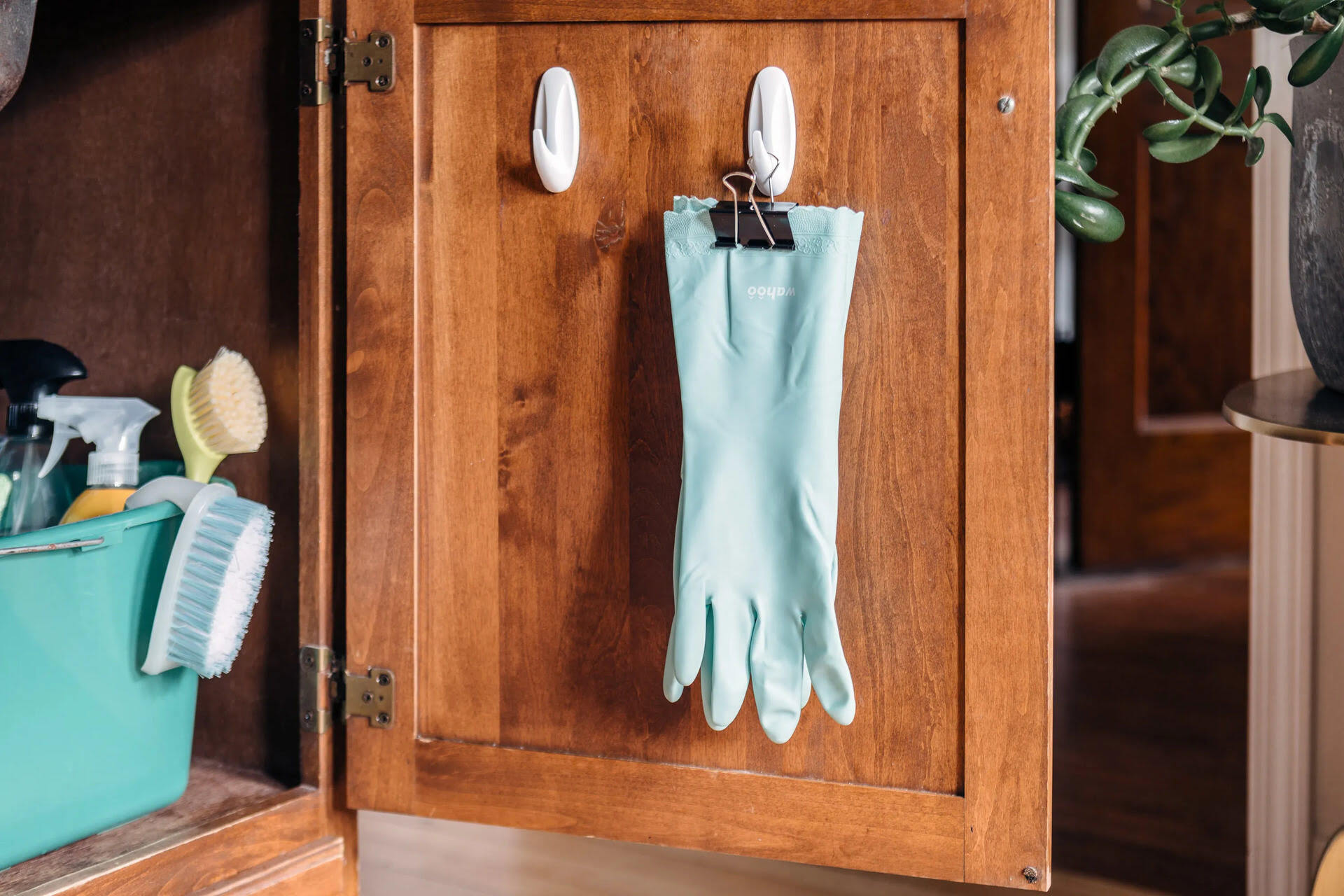
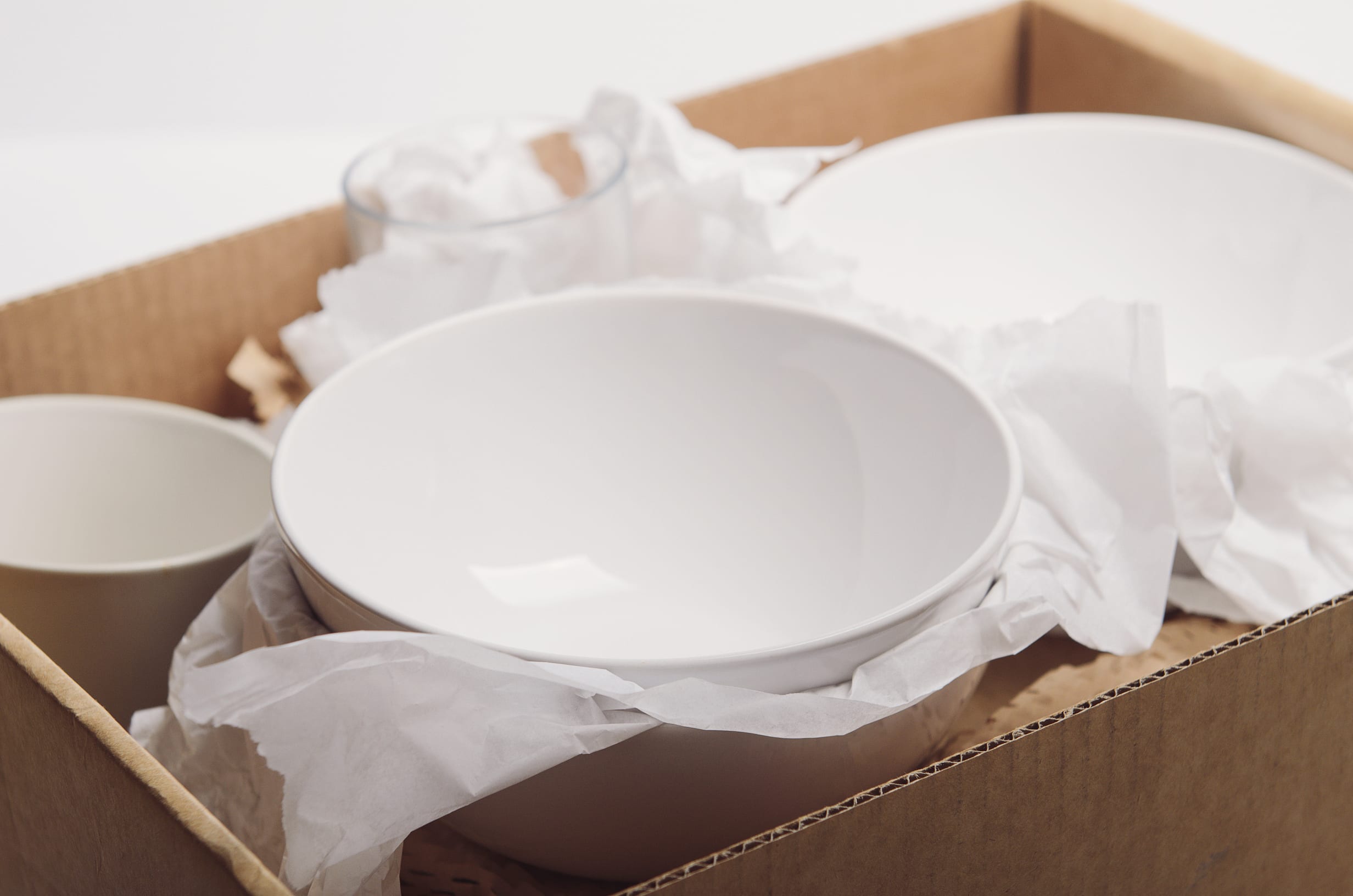
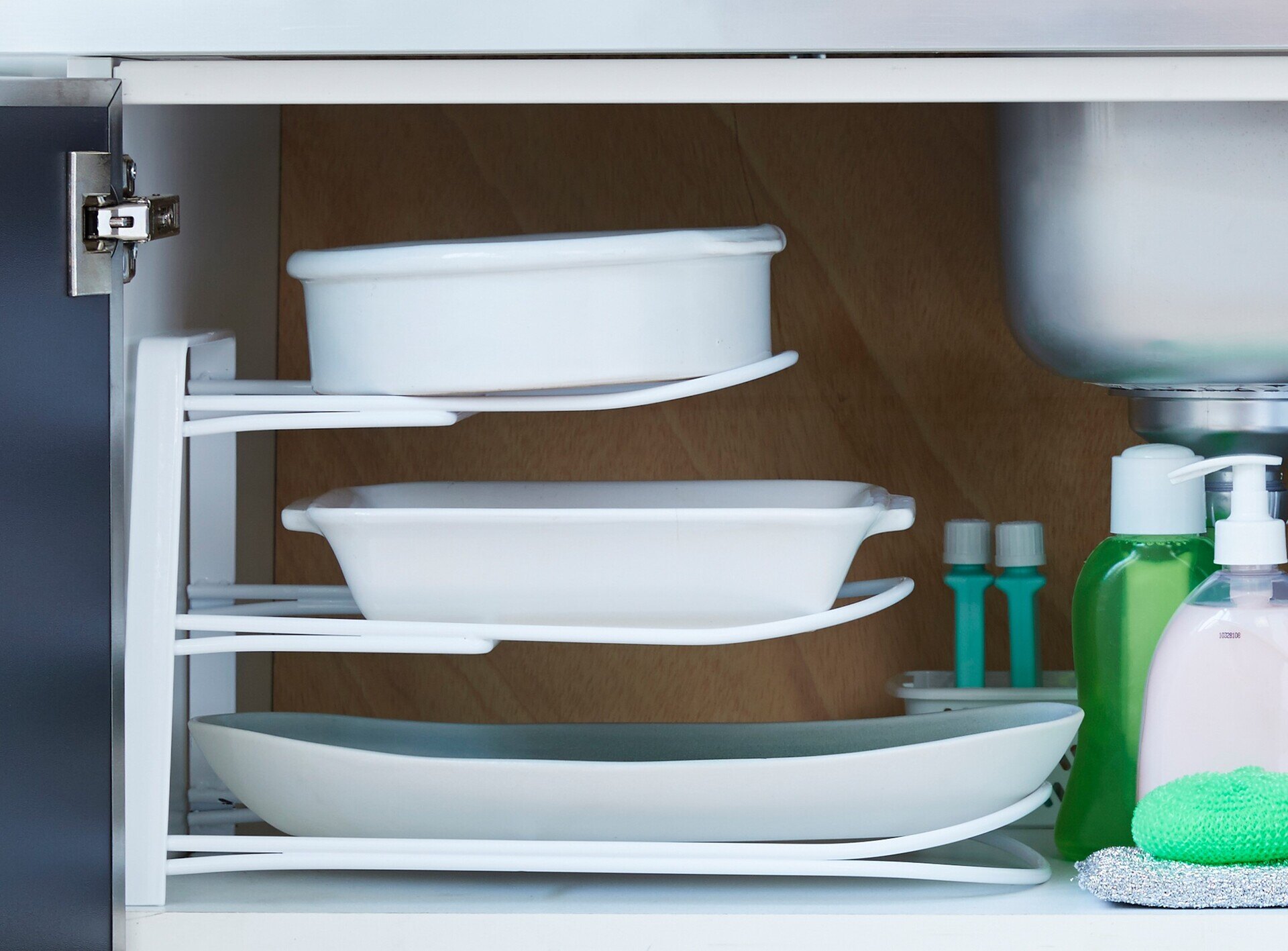
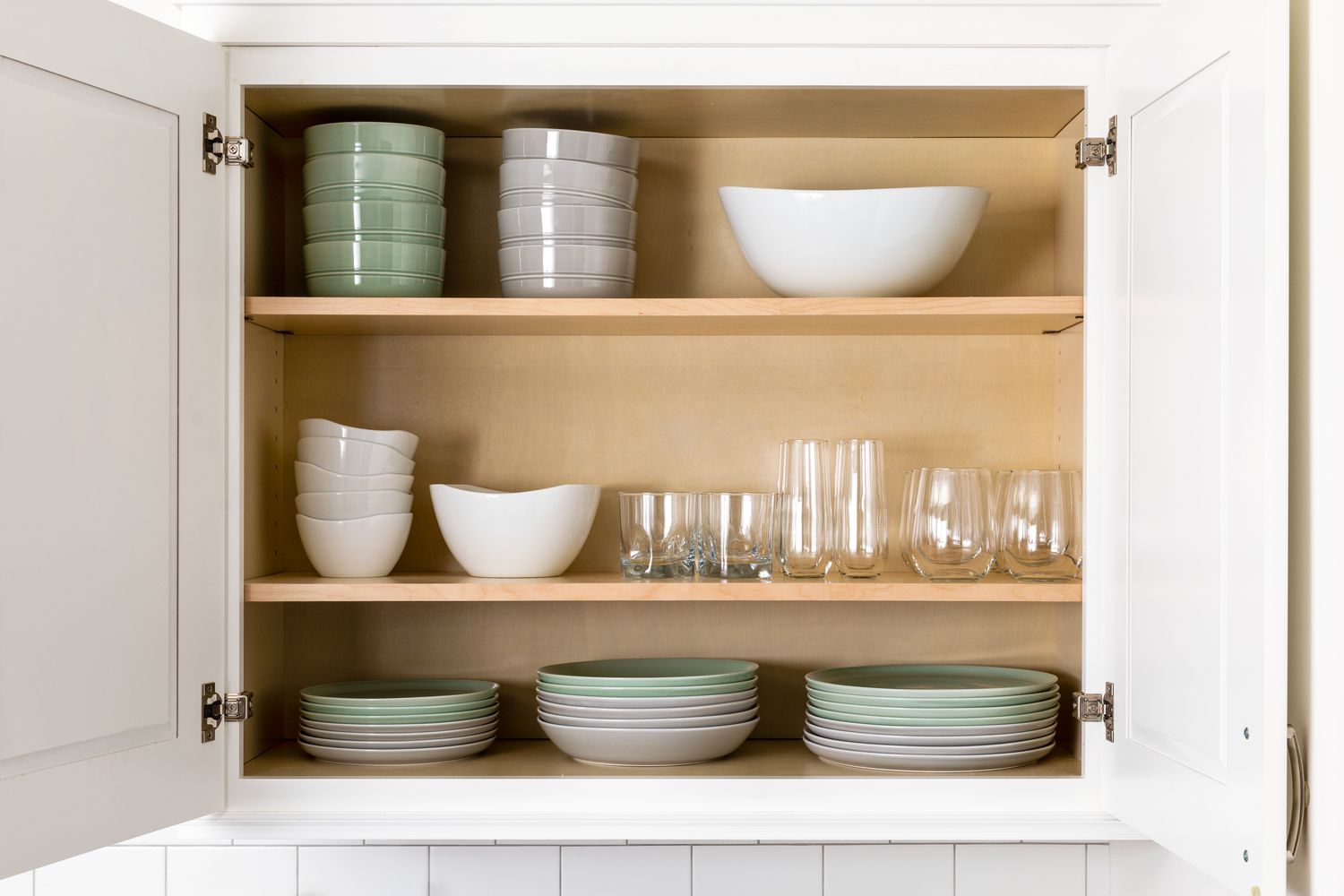
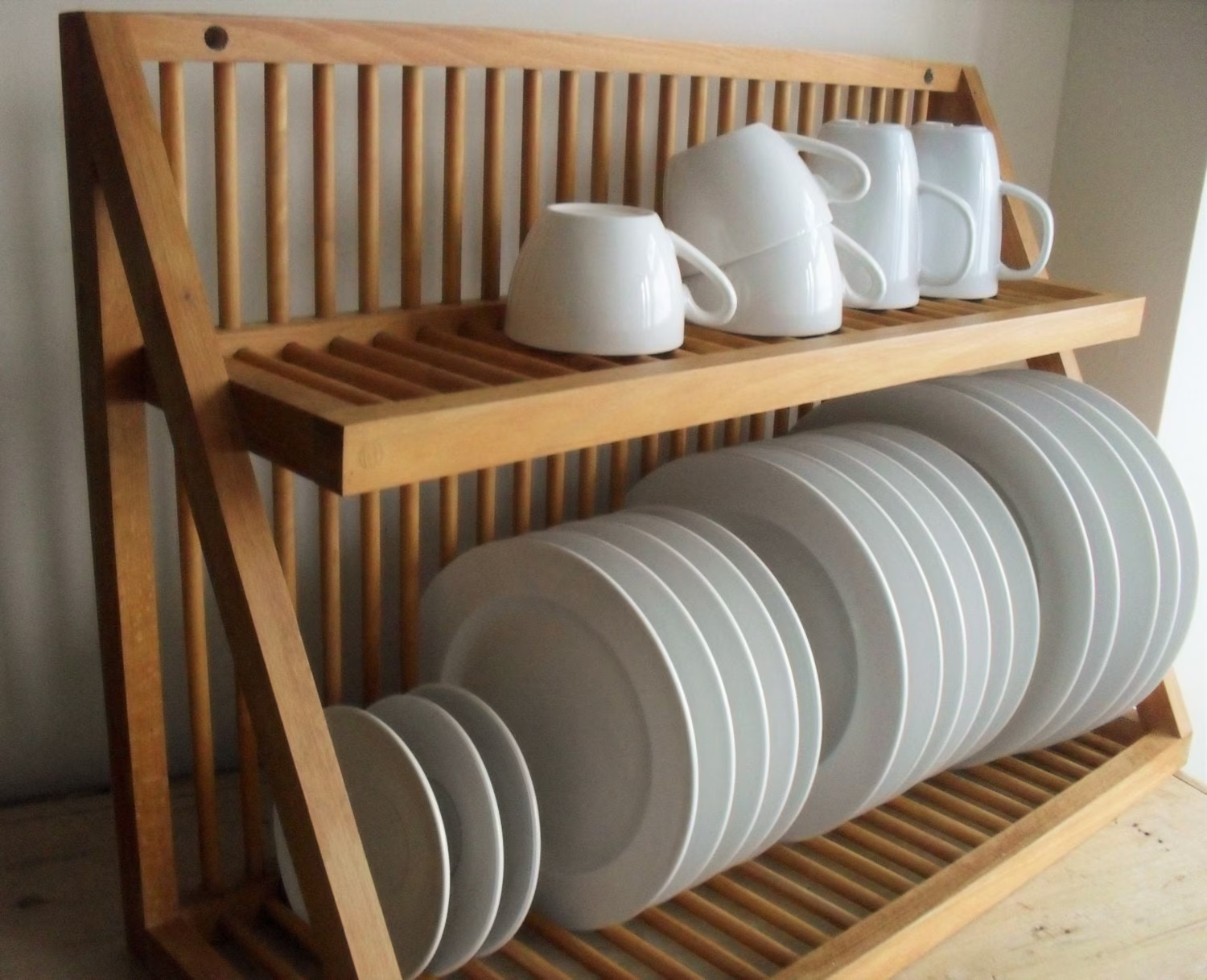
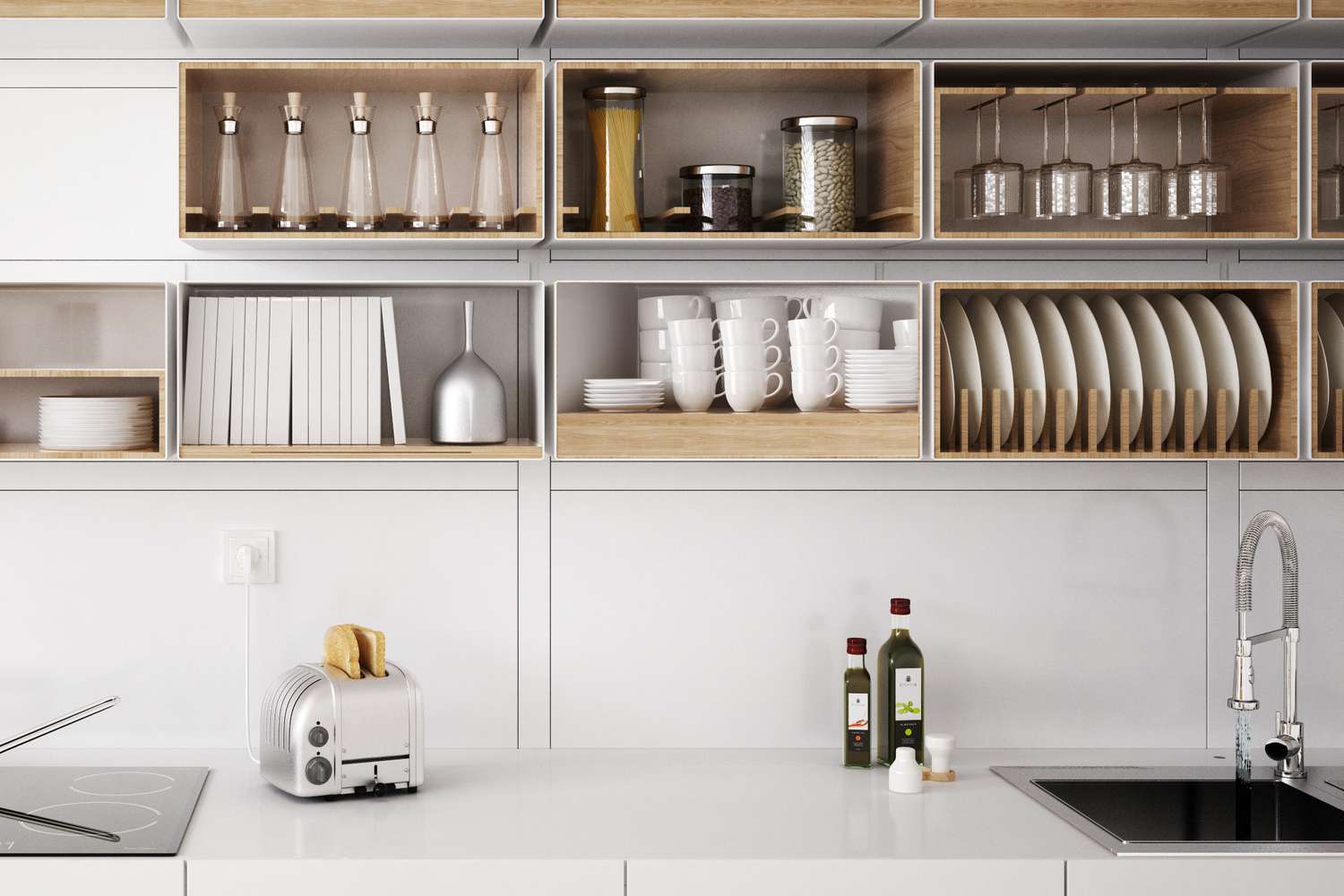
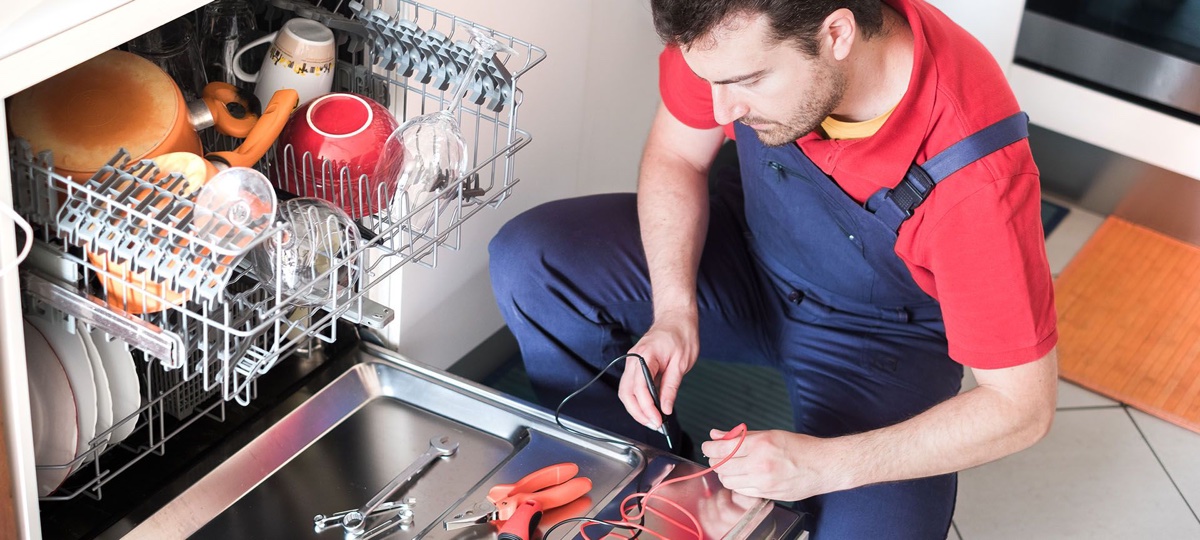
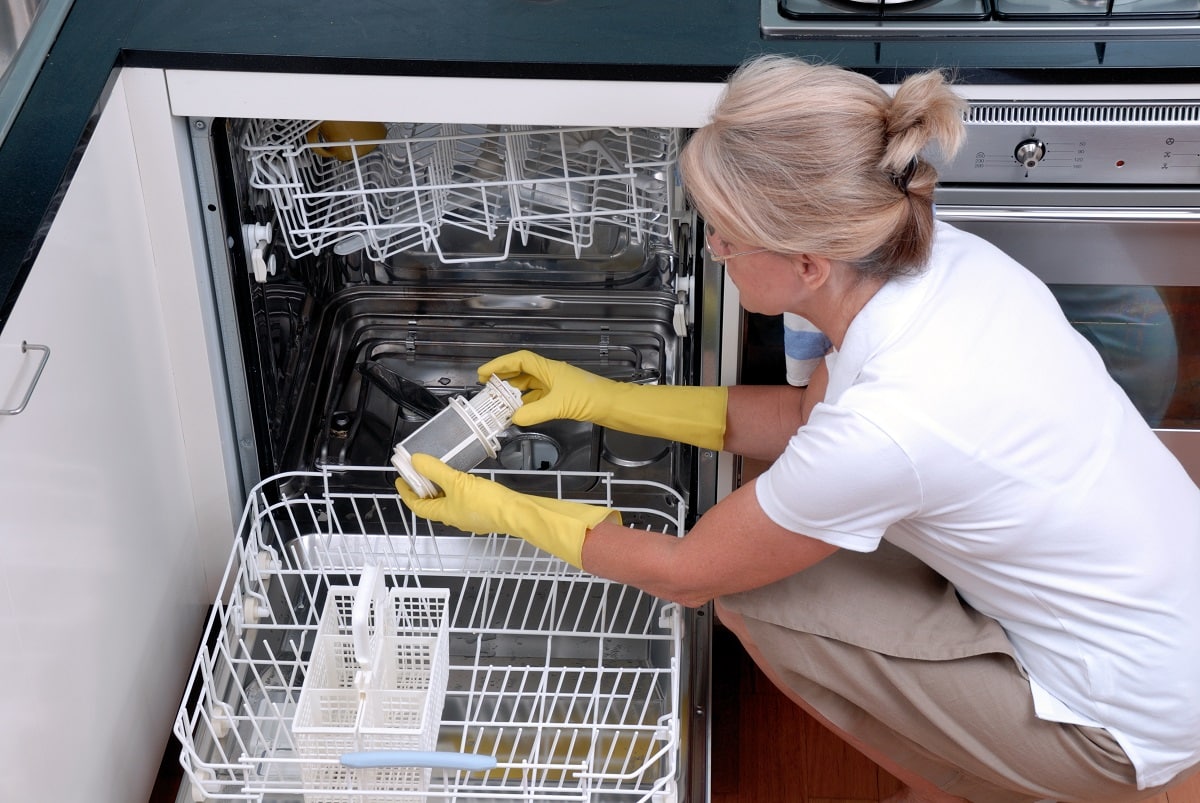
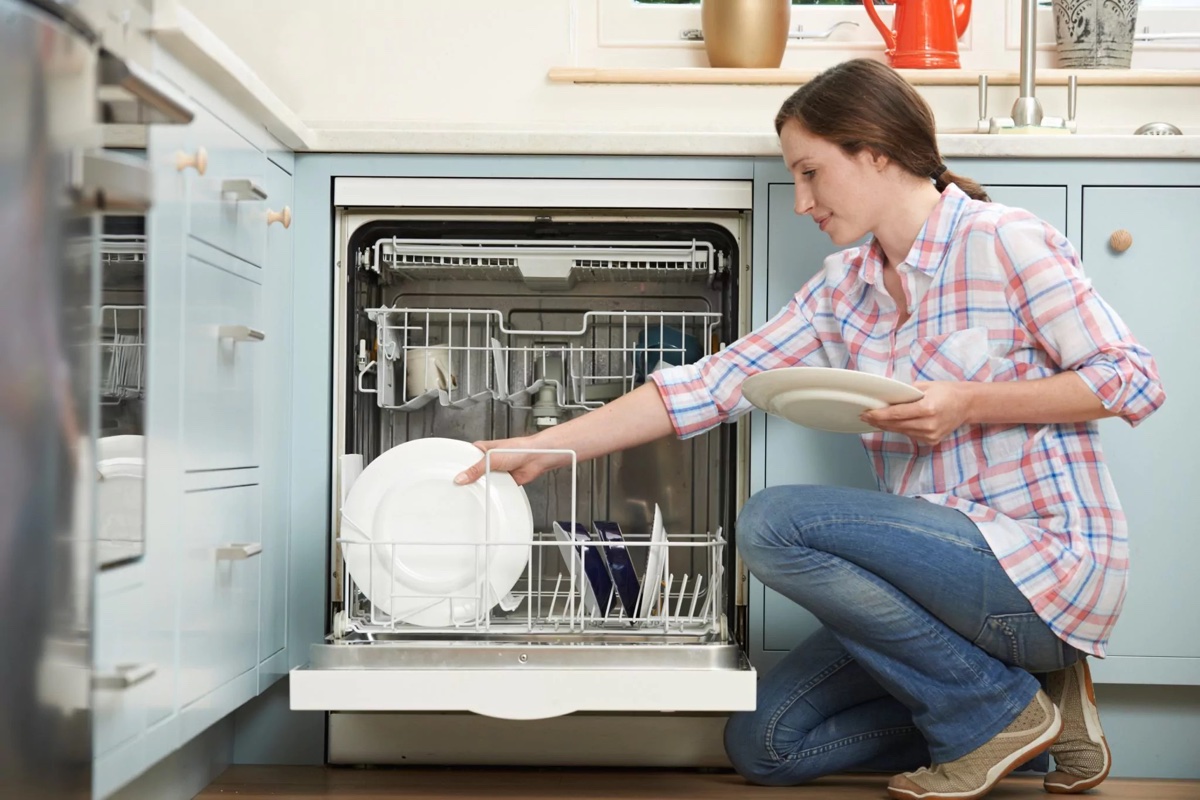
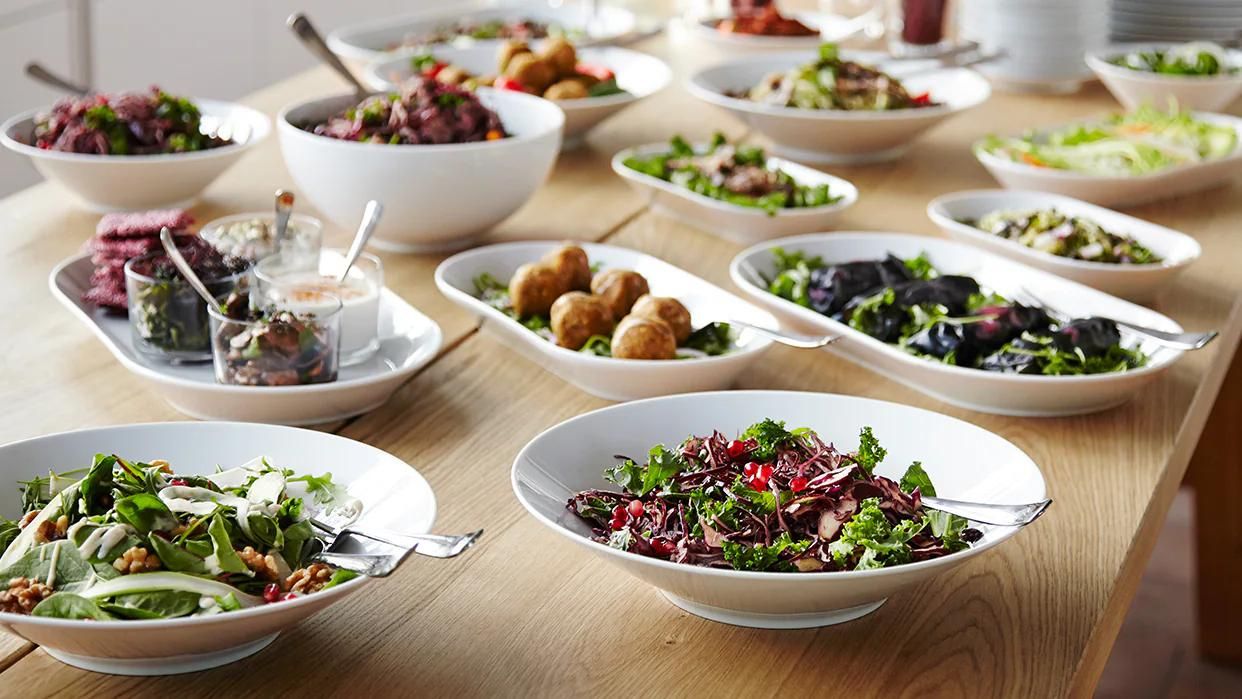
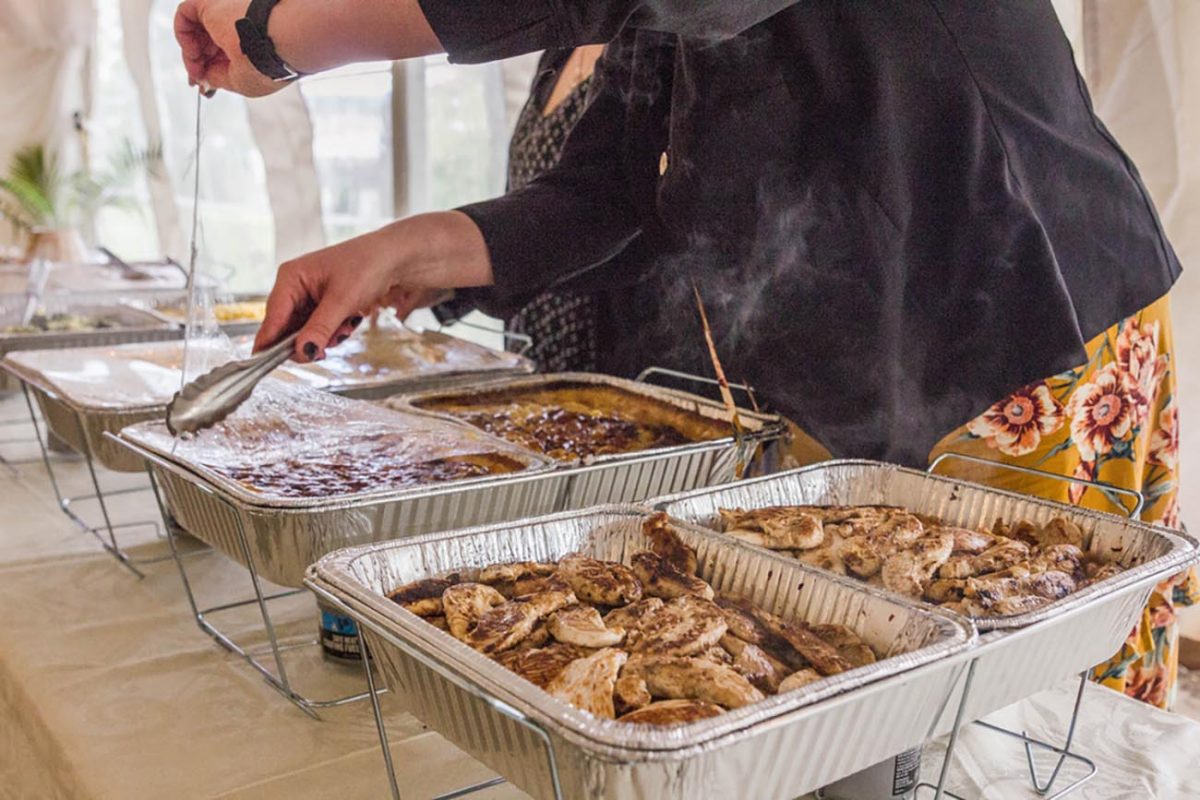

0 thoughts on “How To Store Chafing Dishes”